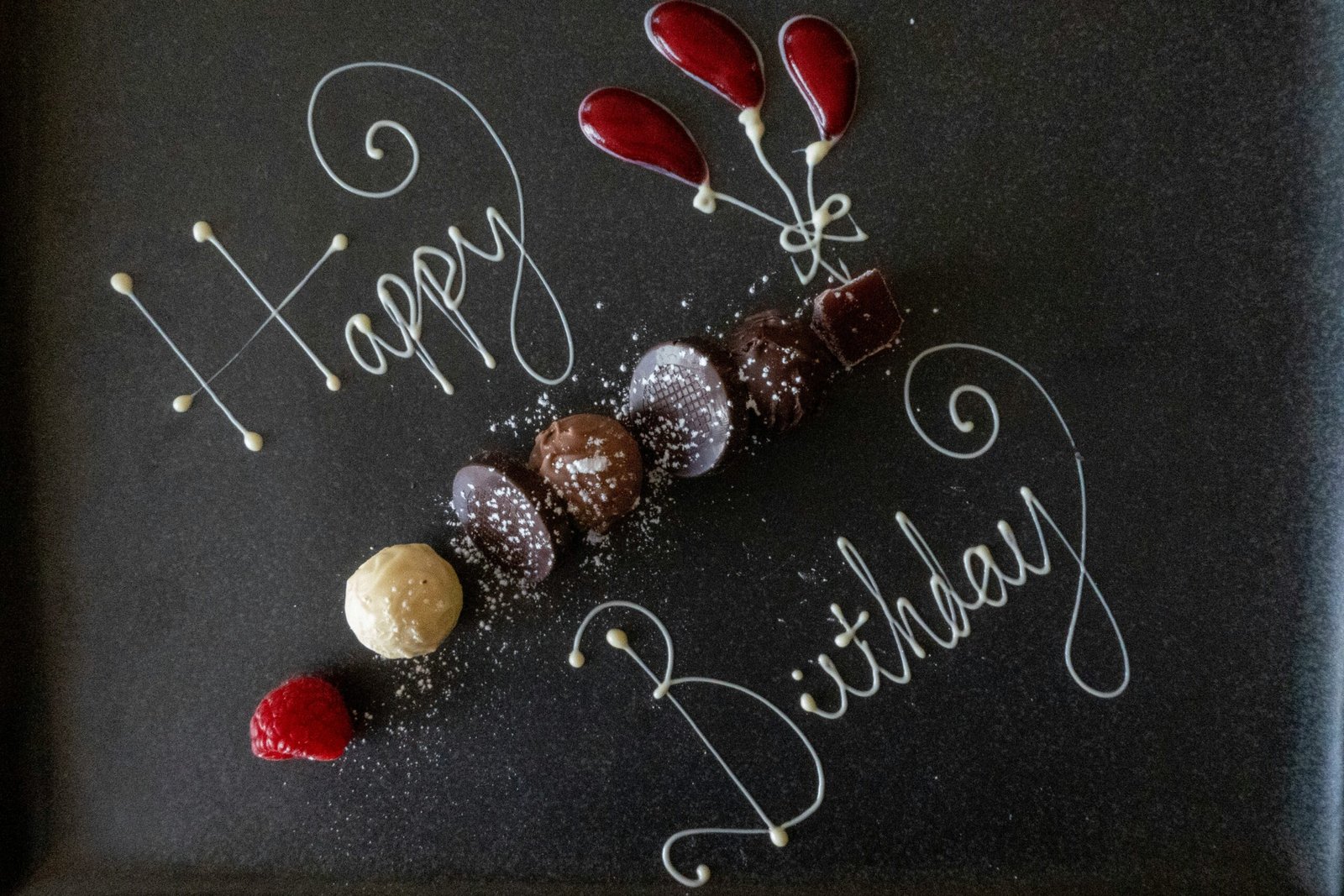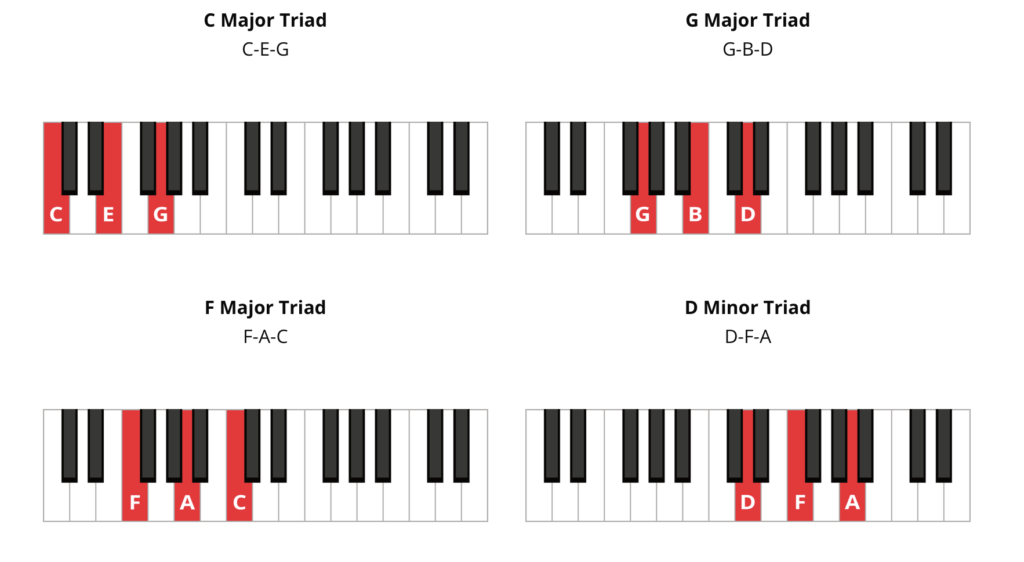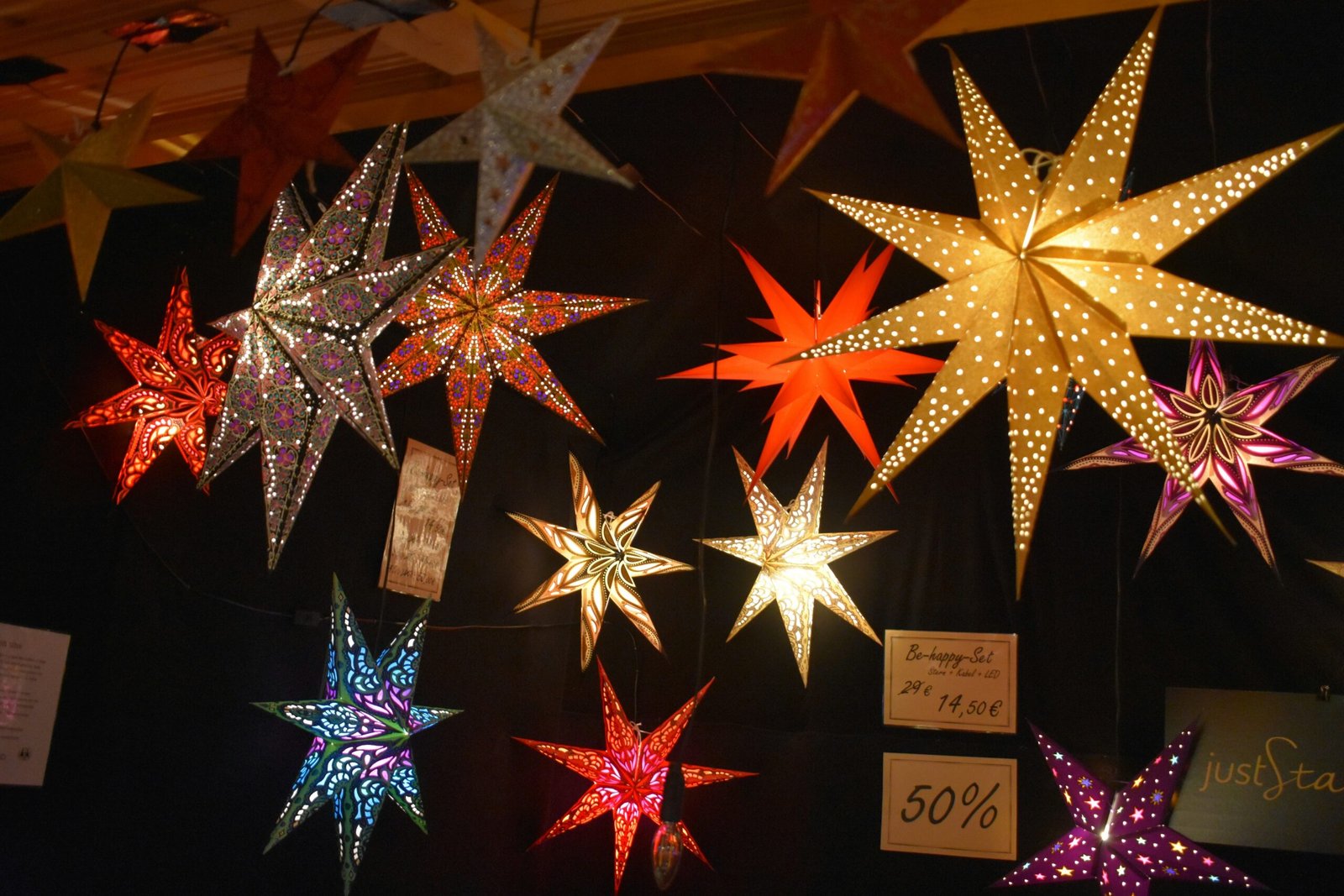Introduction
Music is a universal language that brings joy and happiness to people of all ages. One of the most loved and widely recognised songs in the world is “Happy Birthday.” Whether you want to surprise a loved one or simply enjoy playing a familiar tune, learning how to play “Happy Birthday” on a piano, guitar, or any other musical instrument is a wonderful skill to have. In this article, we will guide you through the process of playing this iconic song on different instruments.

Playing “Happy Birthday” on the Piano
Playing “Happy Birthday” on the piano is a great way to showcase your musical talent. The song consists of a simple melody that can be easily played using the white keys. To begin, place your right hand on the middle C, which is the white key located just to the left of the two black keys in the middle of the piano. The first note of the song is C, followed by D, E, C, F, E. These notes are played in a steady rhythm, with each note lasting for one beat.
If you prefer playing the guitar, “Happy Birthday” can be easily strummed using basic chords. The song can be played in the key of G, which is a common key for guitar players. To start, place your fingers in the G chord position. This involves pressing down the third fret of the low E string with your middle finger, the second fret of the A string with your index finger, and leaving the other strings open. Strum all the strings from the low E string to the high E string, and then transition to the C chord by moving your ring finger to the third fret of the A string and your index finger to the first fret of the B string. Repeat this pattern for the D chord, which is played by placing your index finger on the second fret of the G string and your ring finger on the third fret of the B string.
Aside from the piano and guitar, “Happy Birthday” can also be played on various other instruments such as the violin, flute, or even the ukulele. Each instrument offers its own unique sound and playing technique, but the basic melody of the song remains the same. Regardless of the instrument you choose, learning to play “Happy Birthday” will not only bring joy to yourself but also to those around you.
In conclusion, “Happy Birthday” is a timeless song that holds a special place in the hearts of people all over the world. Learning how to play this iconic tune on different instruments allows you to share the gift of music and create memorable moments. Whether you opt for the piano, guitar, or any other instrument, the process of learning and mastering “Happy Birthday” will undoubtedly enhance your musical skills and bring a smile to the faces of those who listen.
Add Chords to Enhance the Sound

While playing the melody of “Happy Birthday” on the piano is beautiful on its own, you can enhance the sound by adding chords. Chords are a combination of multiple notes played together to create a harmonious sound.
To add chords to “Happy Birthday,” you can use the basic chords in the key of C major. These chords are C major (C, E, G), F major (F, A, C), and G major (G, B, D).
For example, when playing the first line of the melody, you can add the C major chord after playing the notes C – C – D – C – F – E. This will create a fuller sound and add depth to your performance.
Similarly, you can experiment with adding chords to the other lines of the melody. For instance, you can add the F major chord after playing the notes C – C – C^ – A – F – E – D.
Remember to practice transitioning between the melody and the chords smoothly. Start by playing the melody alone and gradually incorporate the chords as you become more comfortable.
Add Your Own Style
Once you have mastered the basic melody and chords of “Happy Birthday,” you can start adding your own style and improvisation to make the piece your own.
You can experiment with different rhythms, tempos, and embellishments to give the song a unique touch. Try playing the melody in different octaves or adding decorative notes between the main melody lines.
Don’t be afraid to get creative and make the song your own. After all, music is a form of self-expression, and adding your personal touch will make your performance stand out.
Remember to practice regularly and have fun while playing “Happy Birthday” on the piano. With time and dedication, you will be able to play the song with confidence and impress your friends and family on their special day.
Playing “Happy Birthday” on the Guitar
The guitar is a popular instrument for playing songs and melodies. Whether you’re a beginner or an experienced player, learning how to play “Happy Birthday” on the guitar is a great way to showcase your skills and bring joy to someone’s special day.
To play “Happy Birthday” on the guitar, you will need to learn a few basic chords and strumming patterns. The chords used in this song are C, G, and F. If you’re a beginner, you can start by playing simplified versions of these chords. For example, you can play the C chord by placing your first finger on the first fret of the second string, your second finger on the second fret of the fourth string, and your third finger on the third fret of the fifth string. Strum all the strings from the fifth string down.
Once you have the chords down, it’s time to practice the strumming pattern. For “Happy Birthday,” a simple down-up strumming pattern works well. Start by strumming down on the first beat and up on the second beat. This will give the song a lively and rhythmic feel.
Now that you have the chords and strumming pattern, you can start playing “Happy Birthday” on the guitar. Begin by playing the C chord for two beats, then switch to the G chord for two beats, and finally play the F chord for four beats. Repeat this pattern for each line of the song.
As you become more comfortable with the song, you can experiment with different strumming patterns and embellishments to make it your own. For example, you can add hammer-ons, pull-offs, or even incorporate fingerpicking techniques to add more complexity and depth to your rendition of “Happy Birthday.”
Remember to sing along as you play the chords. The guitar is not only an instrument but also a tool for accompanying your voice. By singing along, you can bring an extra layer of joy and celebration to the song.
Whether you’re playing “Happy Birthday” for a friend, family member, or even a crowd of people, the guitar is a versatile instrument that can create a memorable and heartfelt performance. So grab your guitar, practice those chords and strumming patterns, and get ready to spread some birthday cheer!
Experiment with Different Styles and Arrangements
Once you feel confident playing “Happy Birthday” on your instrument, you can start experimenting with different styles and arrangements. Try playing the song in different genres such as jazz, classical, or even rock. This will not only help you develop your musicality but also showcase the versatility of your instrument.
Consider adding improvisation to your arrangement. This will allow you to put your own personal touch on the song and showcase your creativity. Experiment with different rhythms, dynamics, and phrasing to make the song uniquely yours.
Play with Others
Playing “Happy Birthday” with others can be a fun and rewarding experience. Consider joining a band, orchestra, or ensemble where you can play the song together with other musicians. This will not only improve your ensemble skills but also create a harmonious and memorable performance.
If you don’t have access to a group, you can still play with others by inviting friends or family members to join you. Arrange a small gathering or a birthday celebration where you can showcase your musical talents and create a joyful atmosphere.
Perform in Public
Once you feel confident in your ability to play “Happy Birthday” on your instrument, consider performing the song in public. This could be at a local community event, a school concert, or even a birthday party. Performing in front of an audience will not only boost your confidence but also allow you to share your musical talents with others.
Remember to practice thoroughly before your performance and prepare any necessary sheet music or accompaniment. Consider adding your own unique flair to the song to make it stand out and captivate your audience.
Playing “Happy Birthday” on different instruments is a great way to expand your musical repertoire and showcase your skills. Whether you’re playing the violin, flute, trumpet, or any other instrument, following these steps will help you master the song and create a memorable performance.


Pingback: Twinkle Twinkle Little Star Piano Notes | Melody Sheet